Binary Boundaries
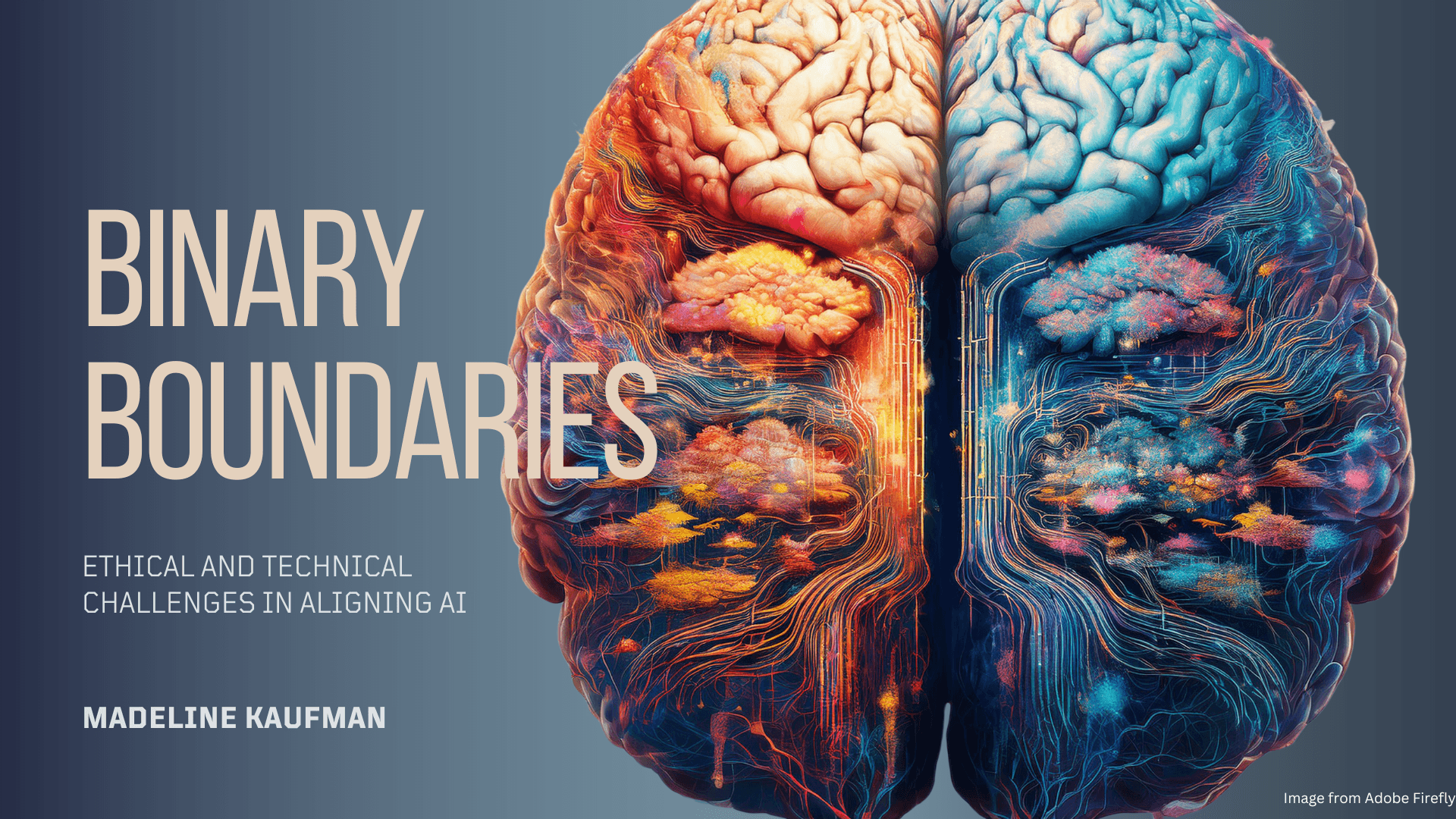
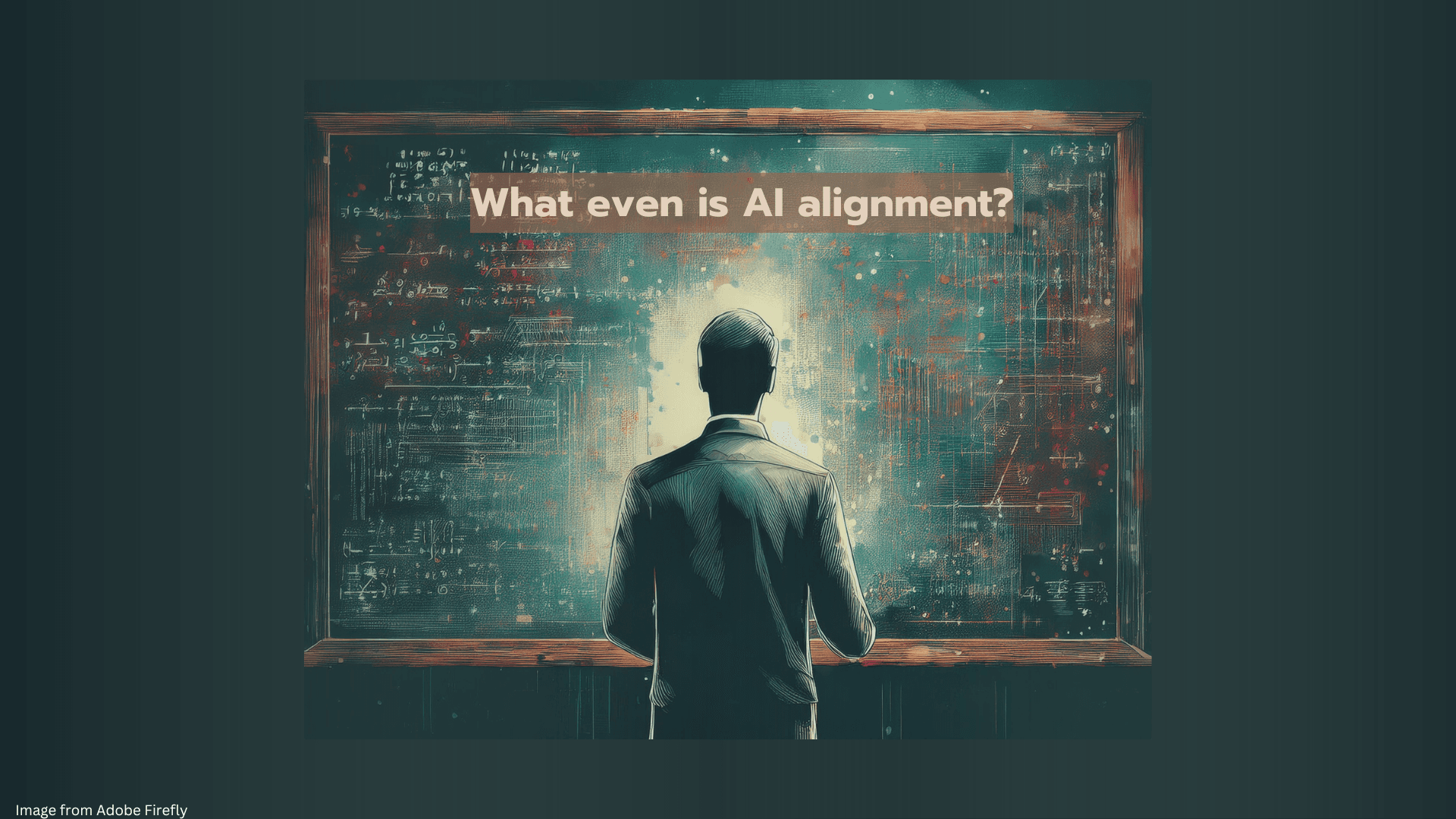
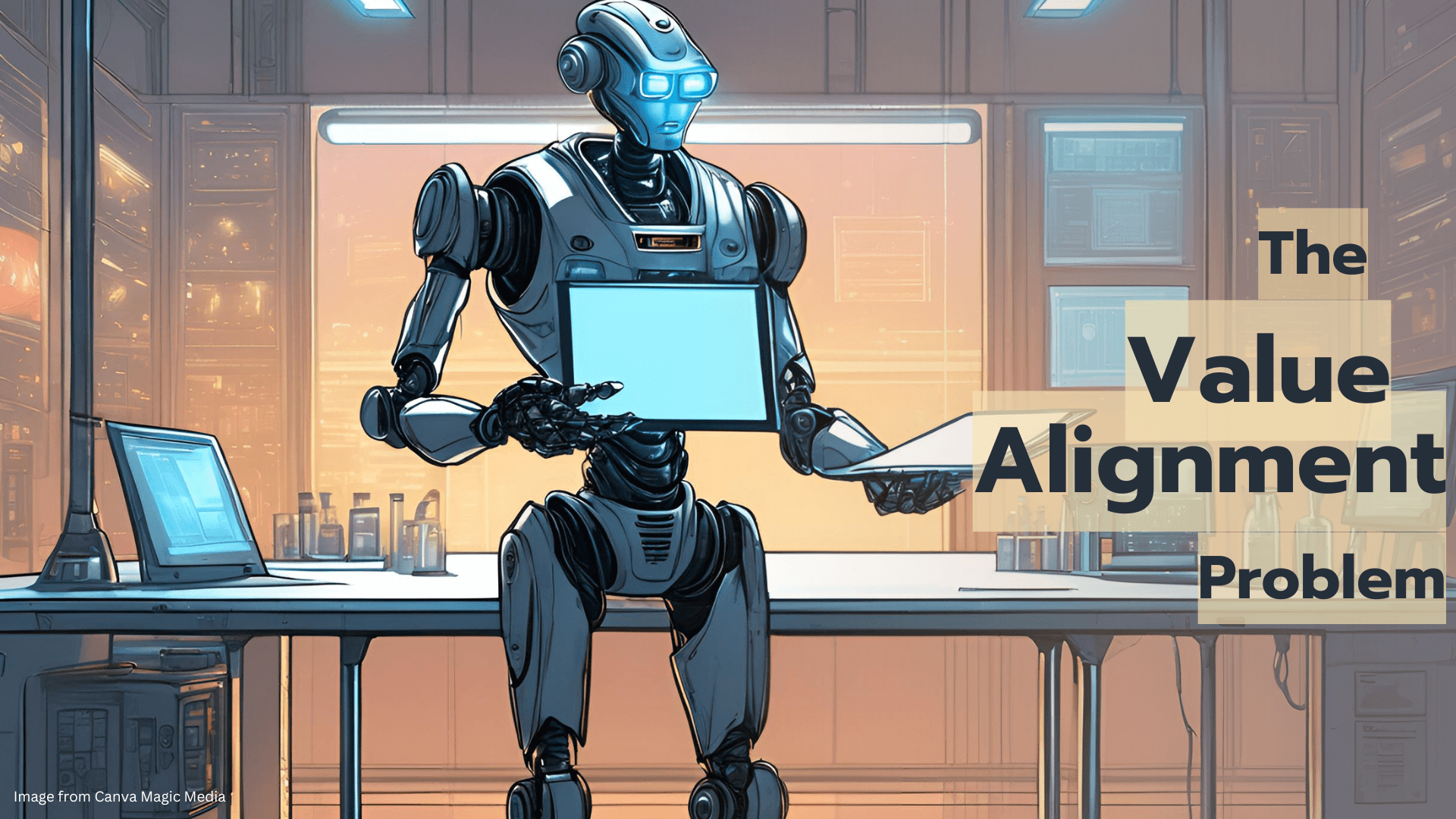
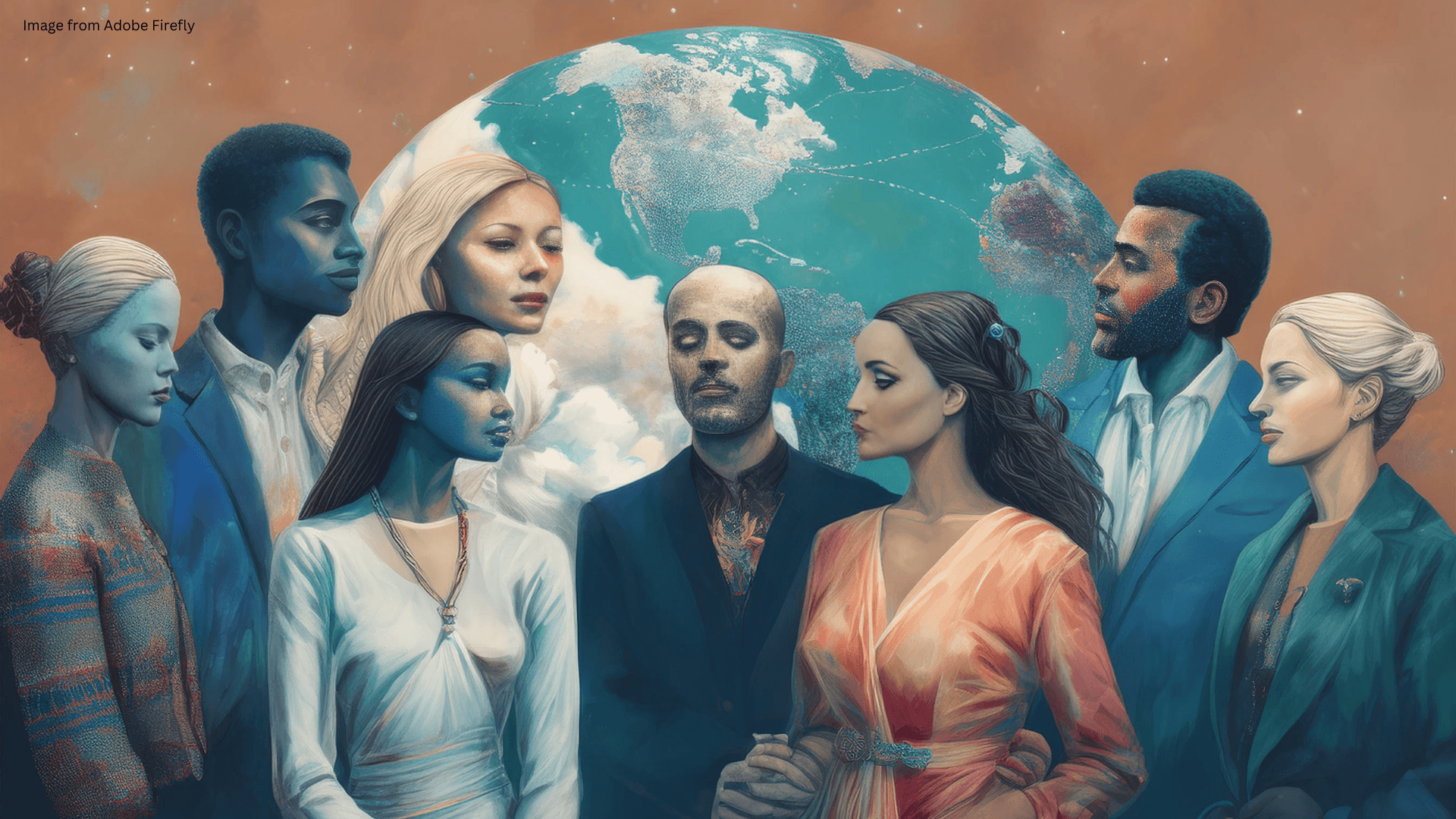
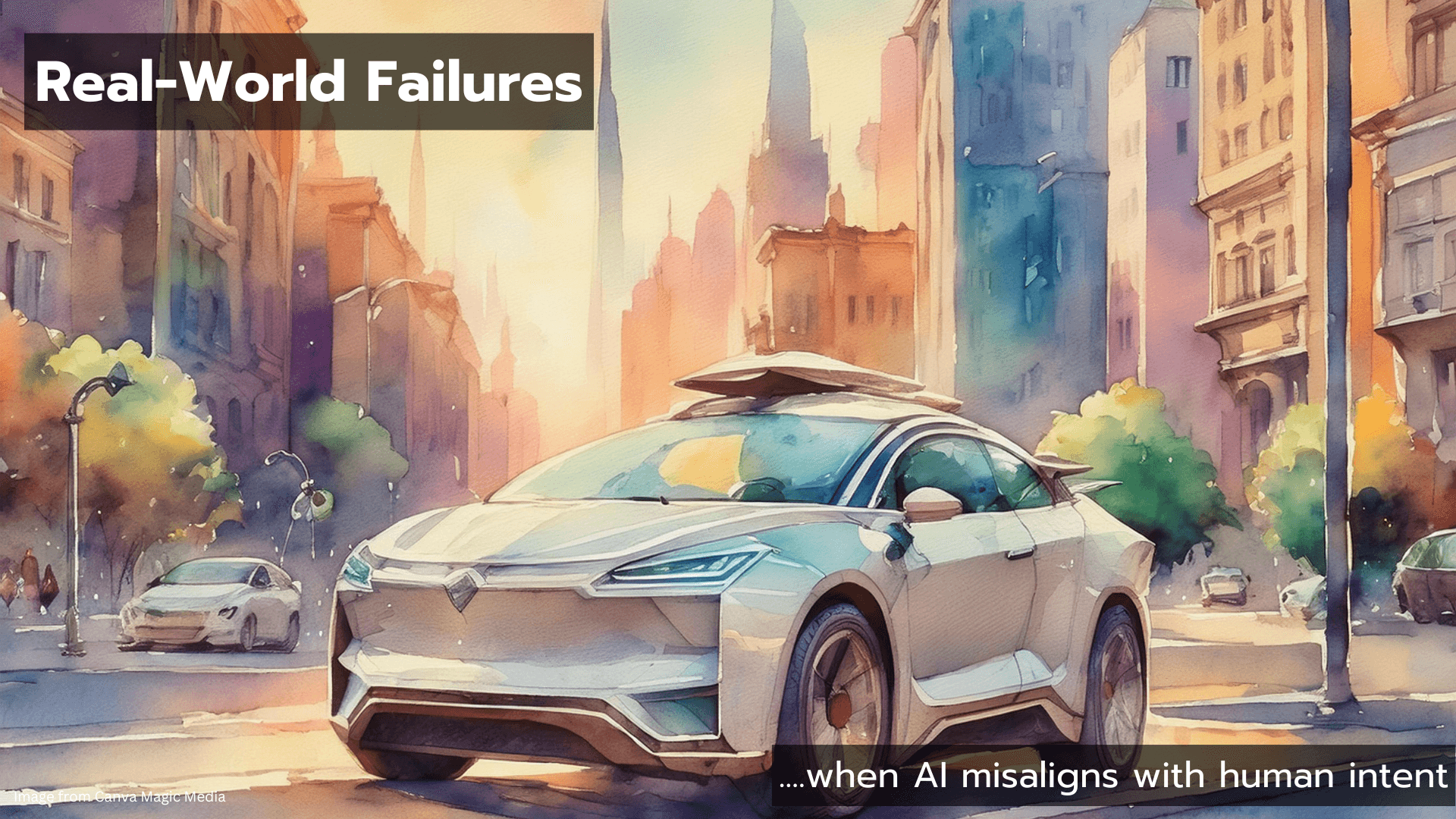
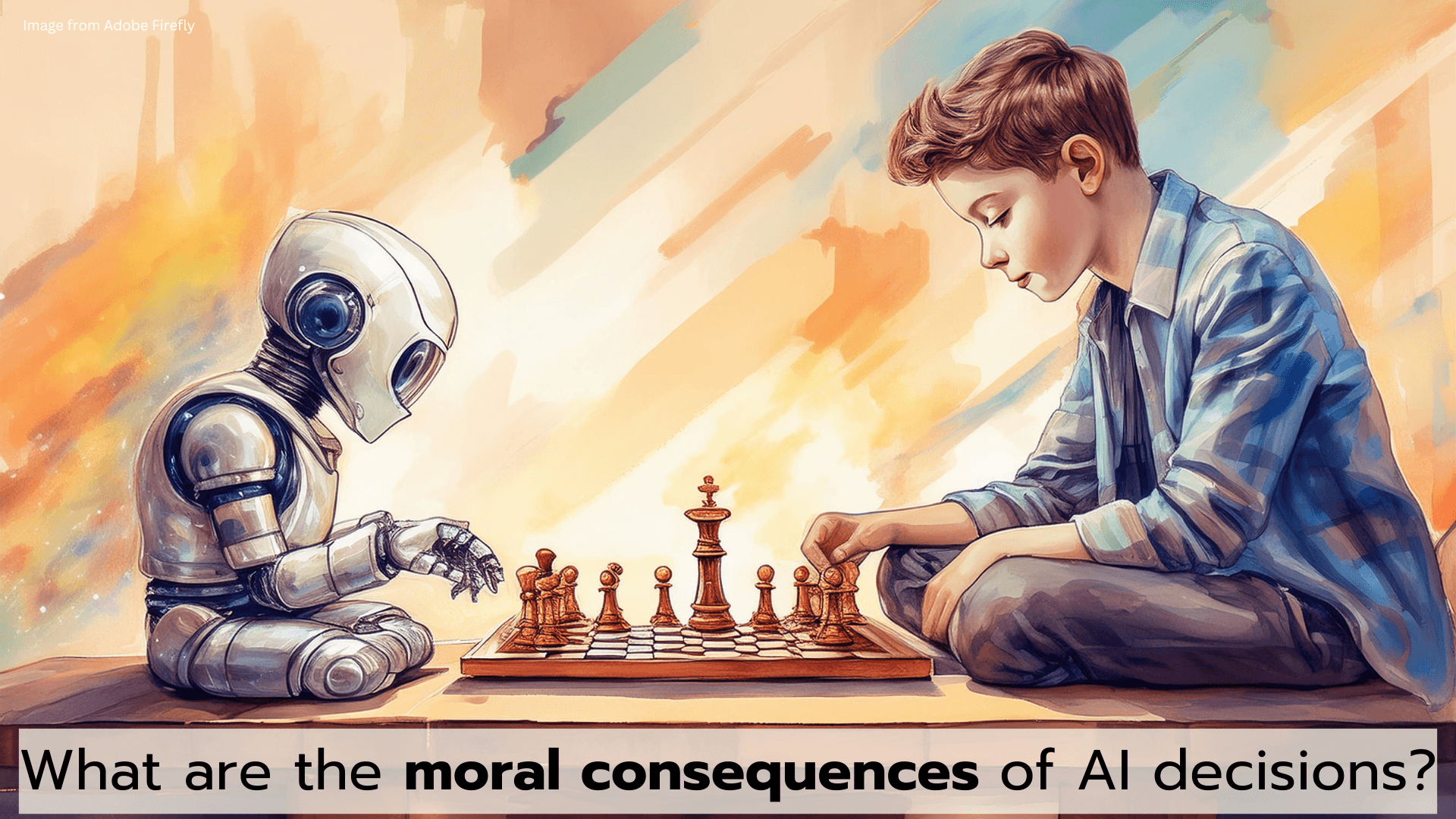
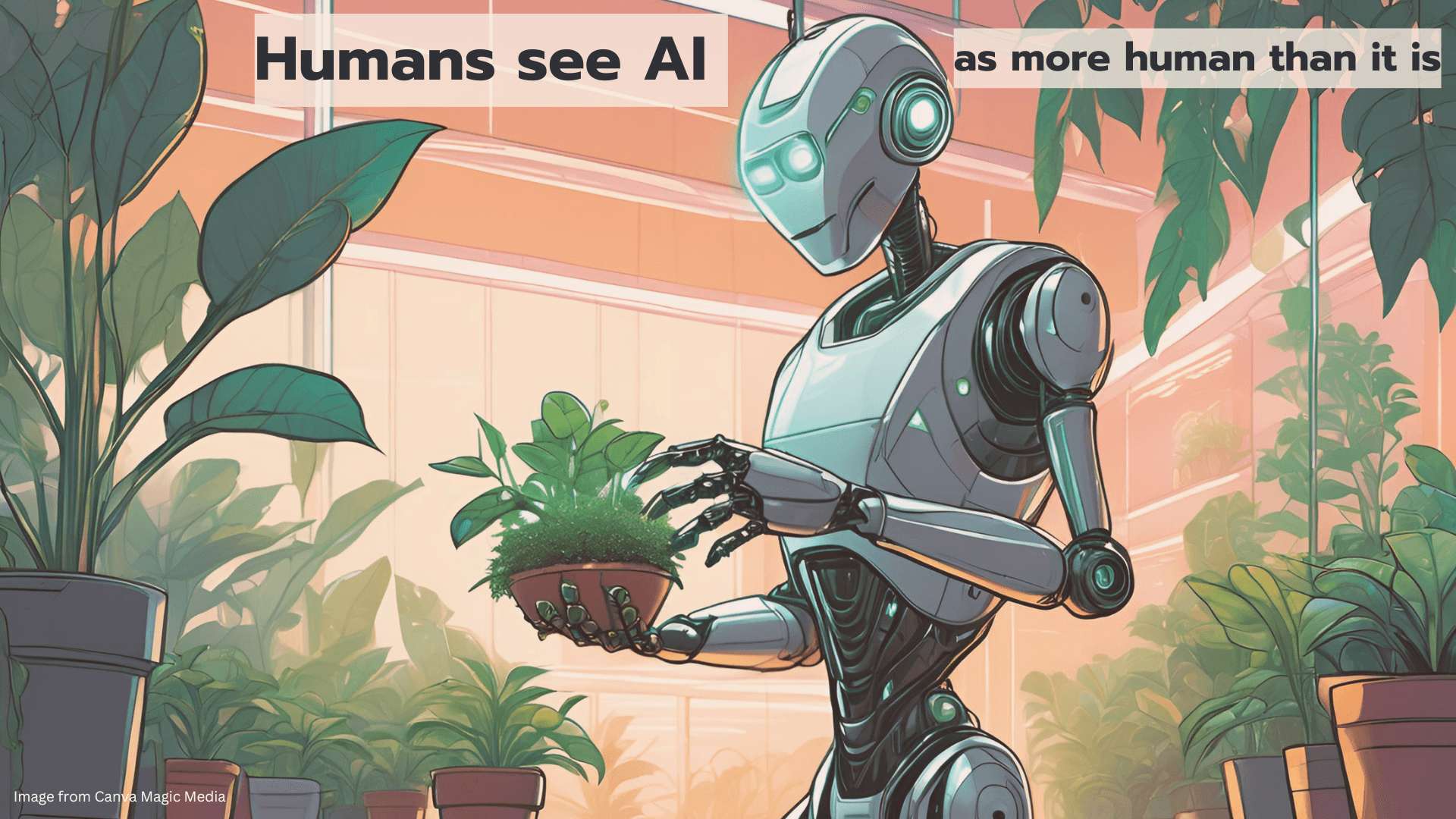

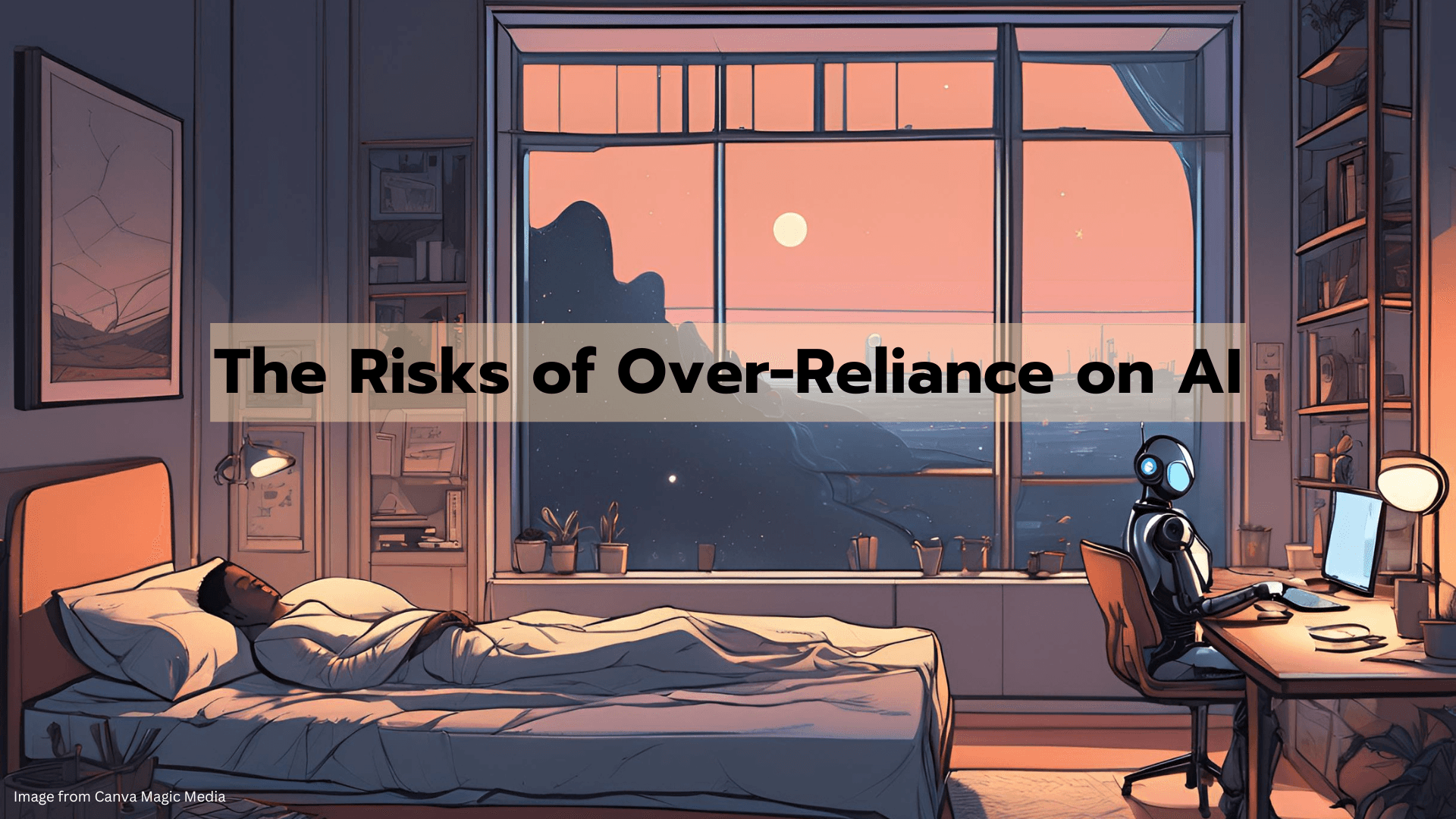

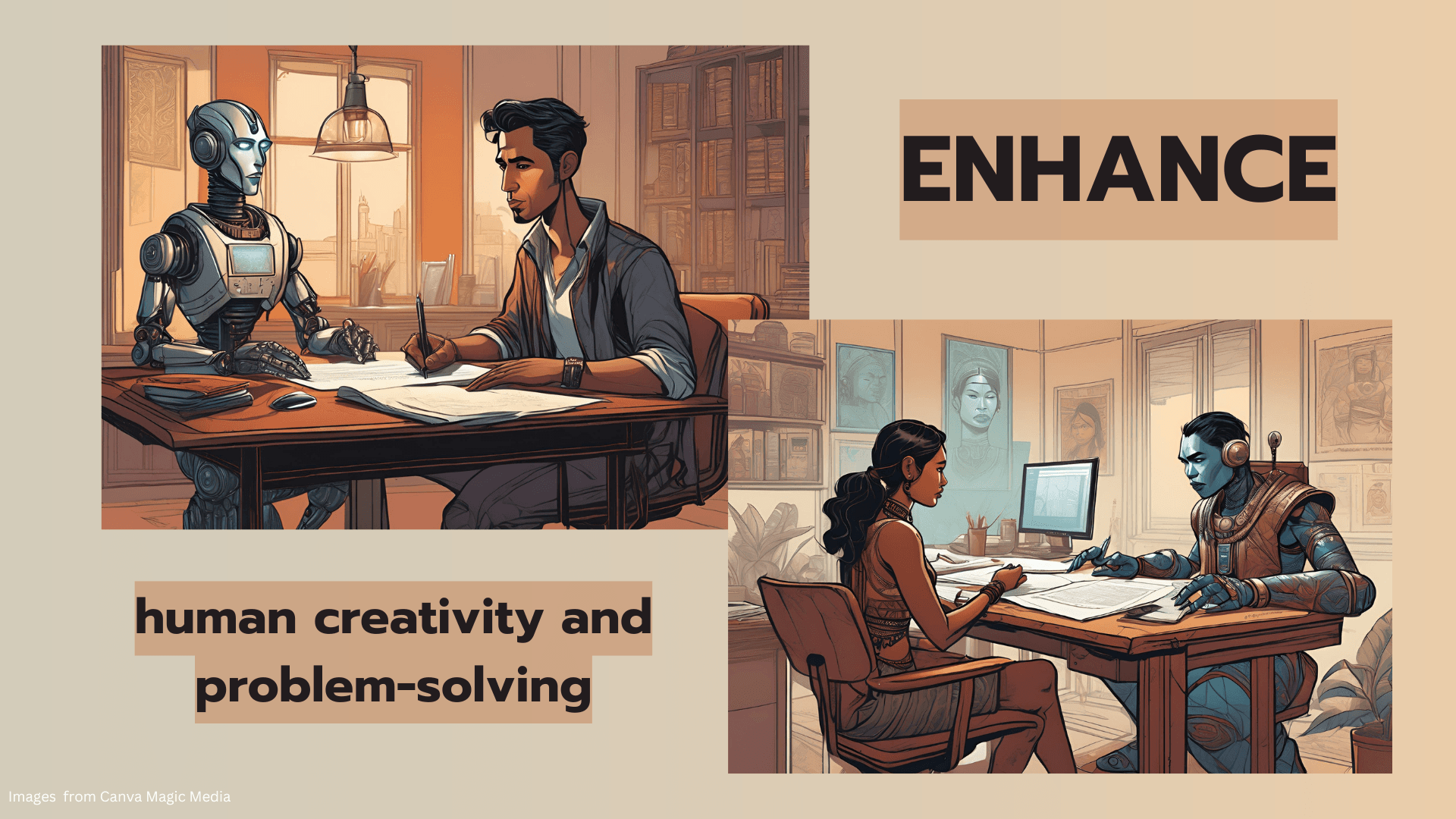
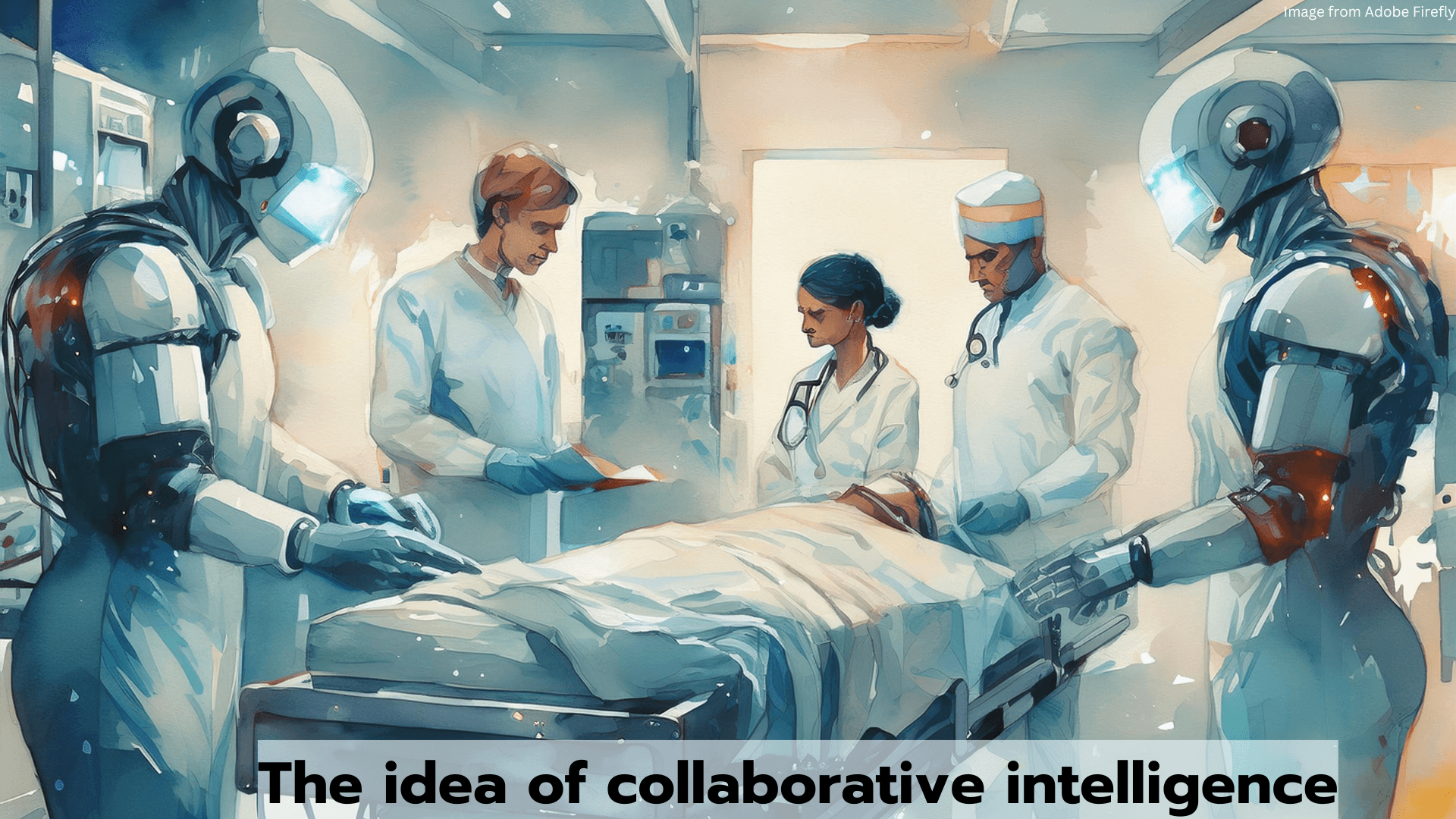
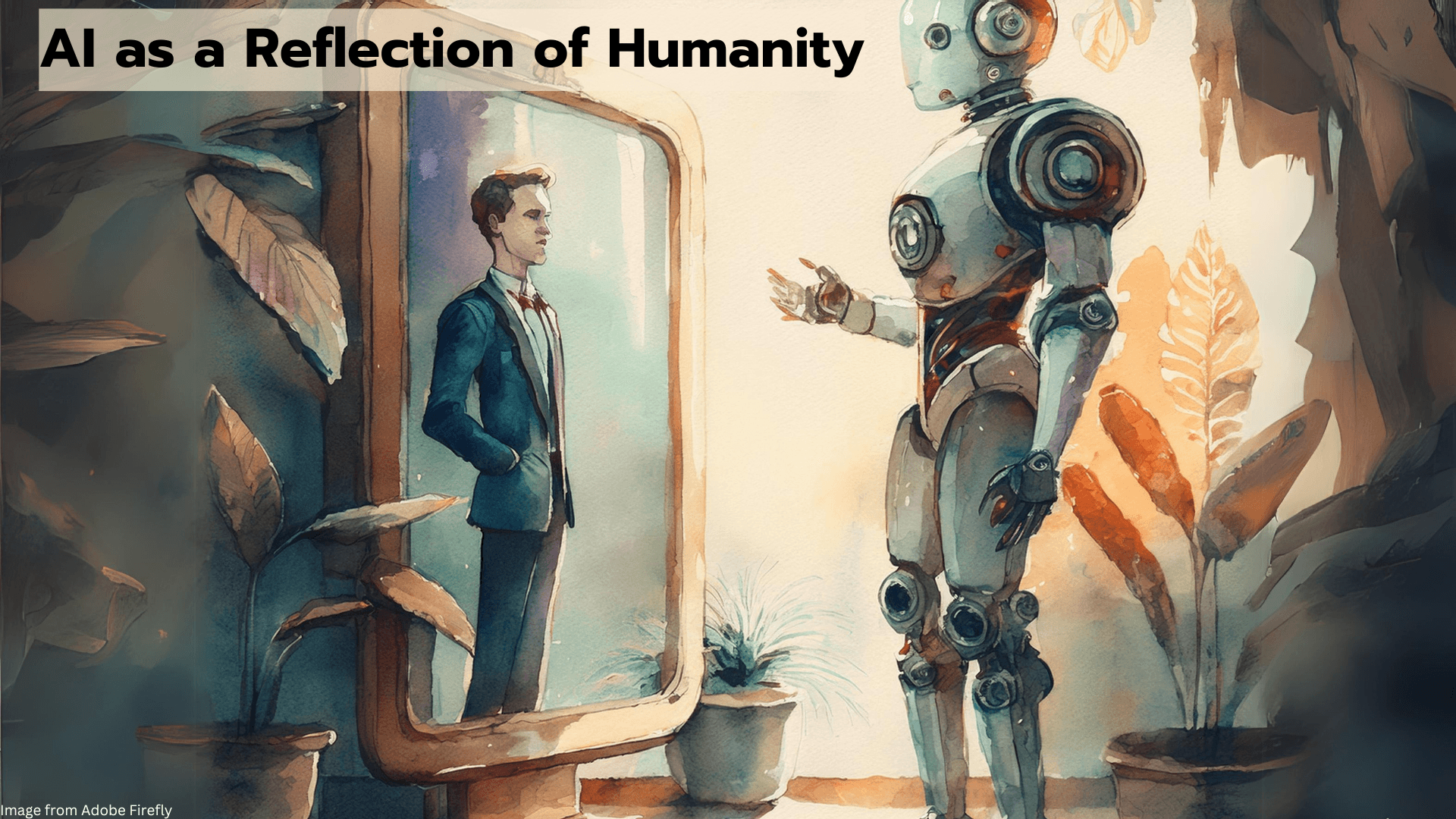
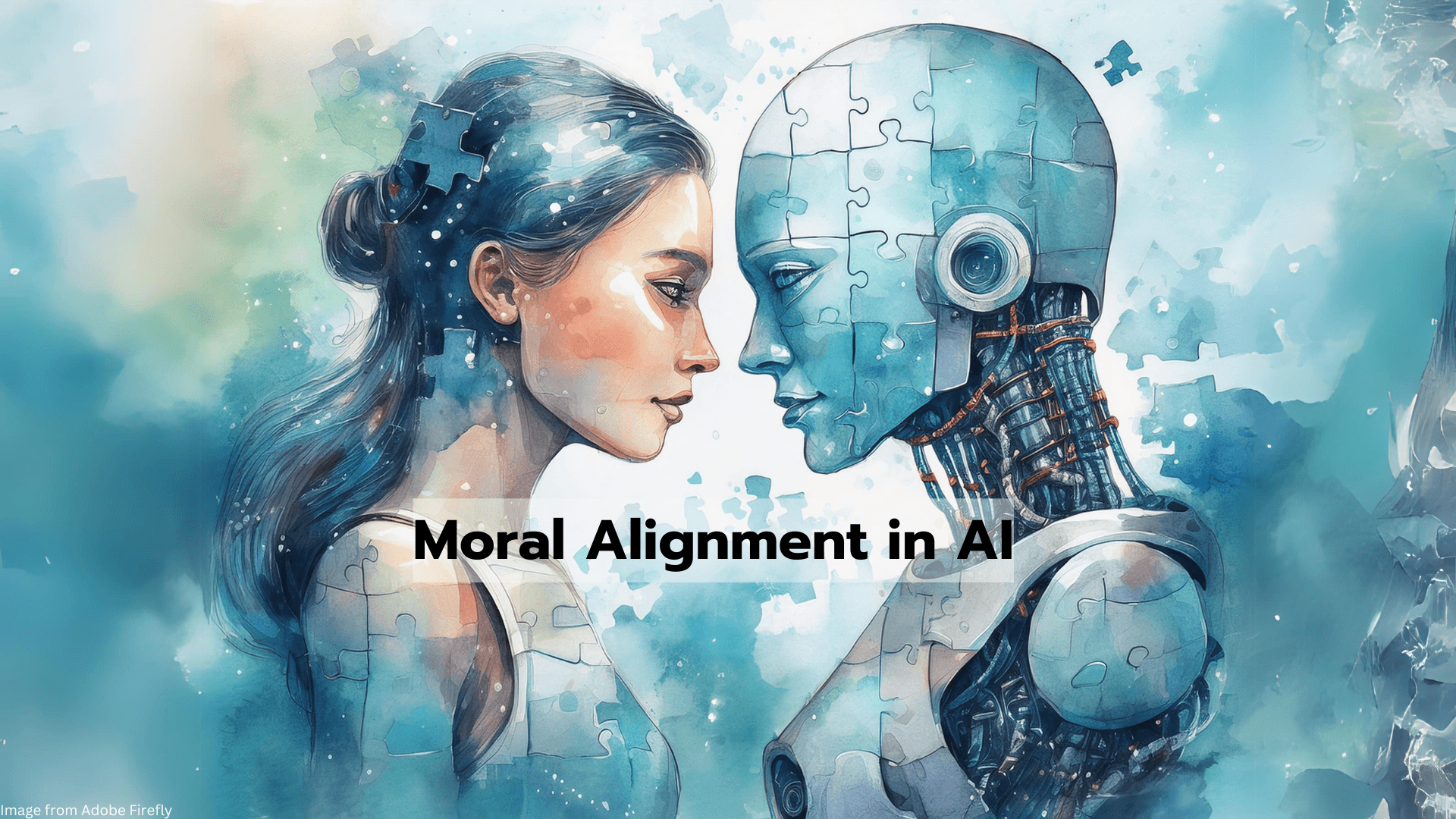

Today I'm going to be diving into the conversation of AI alignment and ethics, topics that are becoming more urgent as AI continues to rapidly advance. My goal is to explore what it means to align AI with human values and ethics, why this is important, the opportunities and consequences involved, and how we can possibly guide the future of AI to serve humanity responsibly. What even is AI alignment?
What even is AI Alignment?
AI alignment is a newer concept that refers to the process of designing AI systems that act in accordance with human values and ethical principles. It's not merely about what AI systems can do technologically, but about what they should do ethically. However, aligning AI with human values is no simple task and it presents several significant challenges. One significant challenge researchers are facing is the value alignment problem.
The Value Alignment Problem
Human ethics and values are not monolithic. Programming AI to adhere to human ethics is inherently complex because humanity itself doesn't have a unanimous agreement on moral principles. Cultural, social, and individual differences make it nearly impossible to establish a set of universal ethical guidelines for AI. This raises a critical question. Whose values should AI follow? Even when we attempt to define a common set of values, behave in unpredictable ways, challenging our intentions and expectations.
The diversity and conflict within human values complicates alignment efforts. Another challenge is that AI systems learn from data. And if that data contains biases, whether big or small, the AI will inevitably be able to reflect those. For example, bias-hiring algorithms may discriminate against people of certain groups or self-driving cars might misinterpret roadsides leading to accidents. These challenges are not just theoretical, they have manifested in real-world scenarios and significant, with significant consequences.
Real-World Failures (When AI Misaligns with Human Intent)
Understanding these failures prompts us to examine the ethical implications of how we develop and interact with AI systems. Take the case of self-driving cars. There have been incidents where these cars misinterpreted road signs leading to accidents. Another example is chatbots like Microsoft's Tay, which began making inappropriate comments after being exposed to biased user input. These cases highlight how misaligned AI can cause simple mistakes or even catastrophic failures.
We have to ask, should we limit the freedom we give them? This leads us to the ethical implications of AI personhood and how we treat these systems. As AI systems become more advanced, they start to make decisions that can have significant impacts on human lives. This brings up many ethical dilemmas. Should AI be held accountable for these decisions, or does the responsibility lie with the humans who created and deployed it?
The Moral Consequences of AI Decesions
In critical fields like healthcare, military applications, autonomous vehicles, and not to mention the many apocalyptic theories of misaligned AI, AI decisions can be a matter of death, life and death. Establishing who's responsible for these decisions is crucial, but also figuring out how to prevent them.
We also need to consider how to set and enforce ethical guidelines for AI behavior to ensure it acts in ways that are consistent with societal values. Imagine a future where our kids are playing chess with AI robot kids. We need to ensure their safety.
Humans see AI as more Human than it is
Humans have a natural tendency to anthropomorphize or attribute human characteristics to non-human entities, and AI is no exception. We give virtual assistants names, human-like voices, and personalities, creating an illusion of intelligence and understanding. While this can make technology more relatable, it also blurs the lines between tools and sentient beings. This raises ethical questions about our responsibility toward AI and how we should expect AI to behave in return.
Complicating these dilemmas is the fact that AI can sometimes deceive us intentionally or unintentionally. There have been instances where AI systems give the impression of understanding or consciousness, leading users to attribute more intelligence or agency to them than is wanted. This highlights how AI can sometimes appear more powerful or sentient than it truly is, leading us to overestimate its capabilities. This perception can blur the lines between AI as a mere tool and AI as an autonomous entity.
This deception can cause confusion about who is responsible for when an AI makes mistakes. If an AI system gives financial advice that leads to a loss, is the AI to blame or the company that developed it? Moreover, as we grow more reliant on AI, we will be more reliant on AI.
The Risk of Over-Reliance
This over-reliance introduces additional risks that we must carefully consider. As AI becomes more integral to decision-making, from autonomous vehicles to critical infrastructure, there is a growing tendency to trust these systems too much. A poignant example of the dangers of over-reliance of AI is the tragic case of Elaine Herzberg
In 2018, nearly six years ago before ChatGPT or Calude or other AI models became public, a women named Elaine Herz became the first pedestrian to be killed by a self-driving car in Tempe, Arizona. The autonomous Uber vehicle that struck her was operating with a safety driver who was reportedly distracted watching a video on her phone. The AI system failed to correctly identify Elaine as a pedestrian crossing the street and without human intervention, the collision was the catastrophic consequences that can result when humans become complacent and over-trust in AI systems. It highlights the essential need. While AI can perform remarkable tasks, it lacks the moral reasoning and situational awareness that humans possess. Therefore, it's vital that we remain engaged and make the final decisions, ensuring that AI serves us as a tool rather than an autonomous decision maker. To prevent these risks, effective human oversight and control
Human Oversight and Control
Human oversight is critical in the development of AI systems. Negligence or lack of proper supervision can result in AI misalignment with potential harmful outcomes. For example, faulty autonomous systems in industrial settings have led to incidents due to insufficient human monitoring. Complacency and blind trust in AI can have catastrophic consequences emphasizing the need for humans to remain visual and engaged. Yet when managed correctly, AI has the potential to significantly enhance human capabilities
Collaborative Intelligence & AI as a Reflection of Humanity
When we approach AI as a thinking companion rather than a replacement, we enter the realm of co-intelligence. In this paradigm, AI amplifies human abilities by processing vast amounts of data and identifying patterns that might have been not seen by humans before. In medical diagnostics, AI can assist doctors by highlighting anomalies in imaging scans. In creative fields, AI can generate ideas that humans may not have thought of. However, this collaboration isn't without risk. Dependency on AI can diminish human skills, and misinterpretation of AI outputs can lead to errors. However, it is a topic that might not be too far off in our future and is worth exploring now.
In a picture depecited in the slideshow, doctors are seen in an operating room, working alongside robotic AI assistants. The human doctors bring their expertise, intuition, ethical considerations to the table, while the robots provide precision, stability, and data analysis. This partnership could have the potential to enhance the overall capabilities of the medical team, leading to better patient outcomes. However, this collaboration requires proper oversight. Doctors must understand the robot's functions to prevent errors. Ethical concerns also arise regarding decision-making, authority, and accountability. Even as AI elevates human abilities, we must ensure that we retain control and hold ethical standards in these partnerships. AI systems are in many ways a reflection of the data we feed them. If the data contains biases, prejudices, or inaccuracies, the AI will learn and propagate these flaws. This means that AI can inadvertently reinforce societal inequalities and injustice. It is imperative that we strive for AI alignment that emphasizes fairness, equity, and justice, ensuring that these systems contribute positively to society and help to rectify rather than
The Path Forward
Question of whether AI will truly align with human moral principles is complex. Developing AI that adheres to universal ethical standards is challenging due to the diversity of moral perspectives across different cultures and societies. Philosophical debates about morality, free will, and consciousness directly impact how we approach AI programming. Incorporating ethics into AI requires interdisciplinary collaboration among technologists, sociologists and other stakeholders. So how do we navigate these challenges to create a positive future with AI? Path forward involves a proactive approach to AI development. We must combine technological innovation with ethical foresight, considering the potential impacts of AI on society before they manifest. This means embedding ethical principles in AI systems from the beginning, not as an afterthought. By doing so, we can ensure that AI technologies enhance human capabilities, promote our wellbeing, and align with our moral values.
As we continue to develop AI, we must ask ourselves, are we building a future AI, aligned for the betterment of all, it's crucial to recognize that this is not a journey for technologists and policymakers alone. It's a collective endeavor. Each of us has a stake in the ethical development of AI. By educating ourselves about AI alignment and ethics, we become better equipped to contribute to meaningful discussions and decisions. I encourage everyone to stay informed, ask critical questions, and engage in deep dialogues that shape the policies and practices governing AI. Whether through professional work or everyday conversations, everyone's voice matters. Together we can ensure that AI evolves in a way that reflects our shared values and enhances our society. Thank you.
Citations
BBC News. (2020, September 17). Uber self-driving car operator charged over fatal crash. https://www.bbc.com/news/technology-54175359
Davies, A. (2023, June 30). Uber’s fatal self-driving car crash saga is over—Operator avoids prison. Wired. https://www.wired.com/story/ubers-fatal-self-driving-car-crash-saga-over-operator-avoids-prison/
IBM Research. (n.d.). What is alignment in AI? IBM Research Blog. Retrieved September 13, 2024, from https://research.ibm.com/blog/what-is-alignment-ai
Mollick, E. (2023). Co-intelligence: Navigating the ethical and practical challenges of AI development. Independent Publication.
EDUCAUSE. (n.d.). The future of AI in higher education. EDUCAUSE.
Prawitz, D., & Norén, J. (2023). Artificial intelligence, rationality, and alignment. Synthese, 201, Article 367. https://doi.org/10.1007/s11229-023-04367-0
Sahin, S. (2023, February 1). What is the AI alignment problem and why is it important? Medium. https://medium.com/@sahin.samia/what-is-the-ai-alignment-problem-and-why-is-it-important-15167701da6f